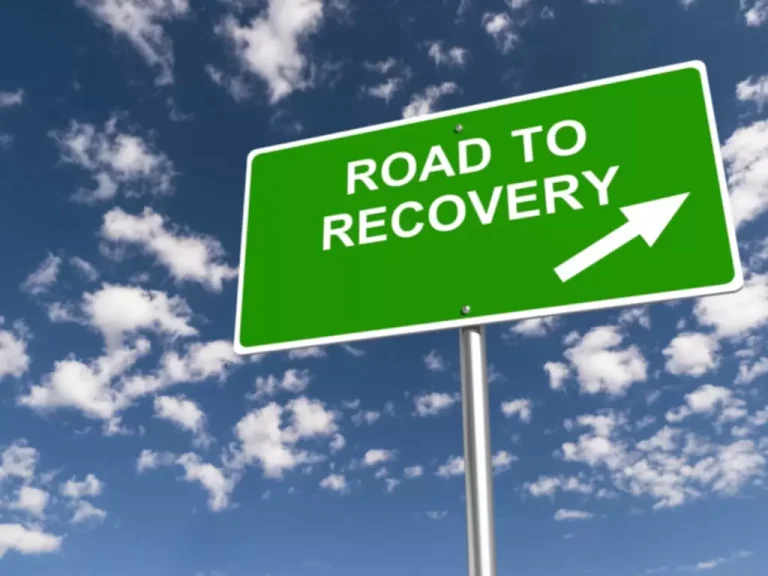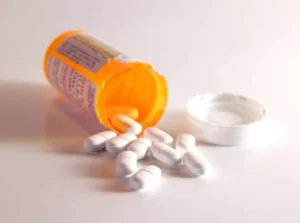
If there are aggravating circumstances connected with your DUI case, such as having prior convictions, the DUI may be a felony versus a misdemeanor, which means that penalties such as jail time can be increased. If you are convicted of driving under the influence, part of your sentence will include paying a fine. All states have laws setting minimum and maximum fines for drunk driving, but those penalties can be enhanced by other circumstances. It slows the activity of the central nervous system, including the brain. Any amount of alcohol in your bloodstream can impact your driving ability. The effects of alcohol abuse vary greatly, putting you at risk for causing an accident or highway injury.
- Despite marked reductions in the proportions of motorists who drive after drinking and in alcohol-related traffic fatalities, alcohol-impaired driving remains a serious threat to the nation’s health.
- Coley’s attorney, Julian Hall, said his client has not any alcohol since the night of the crash.
- Alcohol test results from drivers stopped in the 1996 National Roadside Survey of weekend nighttime drivers were compared with the alcohol involvement of drivers in weekend nighttime single-vehicle fatal crashes, as determined by NHTSA for 1995 and 1996.
- Maintaining a clear head and being alert helps you stay vigilant of your surroundings.
- In contrast, 15 percent of zero-BAC drivers in fatal crashes were speeding (NHTSA 2003a,d).
- Of all alcohol-related crashes in 2002, 4 percent resulted in a death, and 42 percent in an injury.
- Impaired vision can affect how you judge the distance between your car and other vehicles on the road.
2. Trends of DUI Arrests/Booking among Those Engaged in DUI of Alcohol
Treatment providers are available 24/7 to answer your questions about rehab, whether it’s for you or a loved one. Submit your number and receive a free call today from a treatment provider. If you or a loved one is ready to overcome an alcohol addiction, reach out today.
- Within a few seconds after ingestion, alcohol reaches the liver, which begins to break it down, or metabolize it.
- You can check the label of any bottle, can or cask of alcohol for the number of standard drinks it contains.
- Drinking and driving, also referred to as driving under the influence (DUI), involves operating a vehicle with a blood alcohol content (BAC) of at least 0.08%.
- Getting chronic drunk drivers the help they need in order to recover from alcohol dependence can help decrease problematic drinking, hazardous behaviors and potential fatalities that result from alcohol-impaired driving.
Epidemiology and Consequences of Drinking and Driving
Make this plan before going out or drinking at someone else’s place. Opt to use a rideshare app, grab a taxi, hop on public transportation, walk if it’s safe to do so, or appoint a reliable designated driver. Staying overnight at a friend’s house or in a hotel may also be an option on certain occasions. The DOT study mentions other transportation consequences of driving drunk include: reasons as well, such as not wanting to leave a vehicle somewhere or having to retrieve it the next day (4). Participants in the Montana study say leaving a car could “result in judgment or damage to one’s reputation” (9). For example, when encouraged by others, people may drink more than planned or drink when they didn’t plan to at all.
The Effects of Blood Alcohol Concentration
The authors concluded that virtually all drivers tested in the studies reviewed exhibited impairment on some critical driving measure by the time they reached a BAC of 0.08 percent. Using the fully comparable data, we first assessed the prevalence of DUI of alcohol in the early 2000s (2002–2004) and 2010s (2012–2014) for the total sample and sociodemographic and criminal justice involvement subgroups. Samples of three adjacent years were combined to obtain a more stable and consistent estimation. Additionally, the prevalence in years 2016–2017 was examined to provide the most recent rates of DUI of alcohol.
At low levels of alcohol consumption over a responsible period of time, a person’s ability to safely drive a car isn’t hindered. When someone drinks alcohol in more than moderate doses, however, it can impair his or her ability to make decisions, and it can negatively affect the person’s ability to operate a motor vehicle. The reality is that operating a motor vehicle requires the driver to be fully attentive, alert and able to react quickly to changes in the environment.
Drivers between the ages of 16 and 20, and especially those ages 21 to 45, are likely to be involved in alcohol-related fatal crashes at a rate that is out of proportion to their percentage of the population. Although 14 percent of drivers in alcohol-related fatal crashes in 2002 were between 16 and 20, this age group represents only 7 percent of the population. Likewise, 49 percent of drivers in alcohol-related fatal crashes were ages 21 to 45, and this age group makes up 35 percent of the population. Most drivers in alcohol-related fatal crashes are male (73 percent) (NHTSA 2003a,e).

Drinking And Driving (DUI)
A blood alcohol content (BAC) level of 0.08% is considered legally impaired. However, alcohol can start to affect many of your senses after only one drink. Now that you have learned about the consequences of drunk driving accidents, you may be interested to learn more about other safe driving topics like essential skills for teen drivers, car safety features or what to do if your car catches fire. Traffic deaths are most likely to be alcohol related among males, Native Americans and Mexican Americans, people ages 21 to 45, those who die in motor vehicle crashes on weekend nights, and people with symptoms of alcohol dependence. Young adults have experienced a greater proportional reduction in alcohol-related traffic deaths than older adults in the last 20 years.
- In addition, a recent review of 112 studies provided strong evidence that impairment in driving skills begins with any departure from zero BAC (Moskowitz and Fiorentino 2000).
- The 45-to-49 age group had the highest percent, 37%, of drunk motorcycle riders killed in 2022.
- At low levels of alcohol consumption over a responsible period of time, a person’s ability to safely drive a car isn’t hindered.
- Opt to use a rideshare app, grab a taxi, hop on public transportation, walk if it’s safe to do so, or appoint a reliable designated driver.

More than half the respondents thought it would be at least somewhat likely that they would be stopped by the police if they drove after having too much to drink. However, 38 percent of respondents believed it would be at least somewhat likely that if they drove after drinking too much they would be stopped by the police, arrested, and convicted. Only 2 percent believed it would be almost certain that all three of these things would happen. If all States adopted these countermeasures, which have been shown to reduce alcohol-related motor vehicle crash injuries and deaths, it is possible the United States would again experience declines in alcohol-related deaths and injuries. In the United States, blood alcohol measurements are based on the amount of alcohol, by weight, in a set volume of blood.


